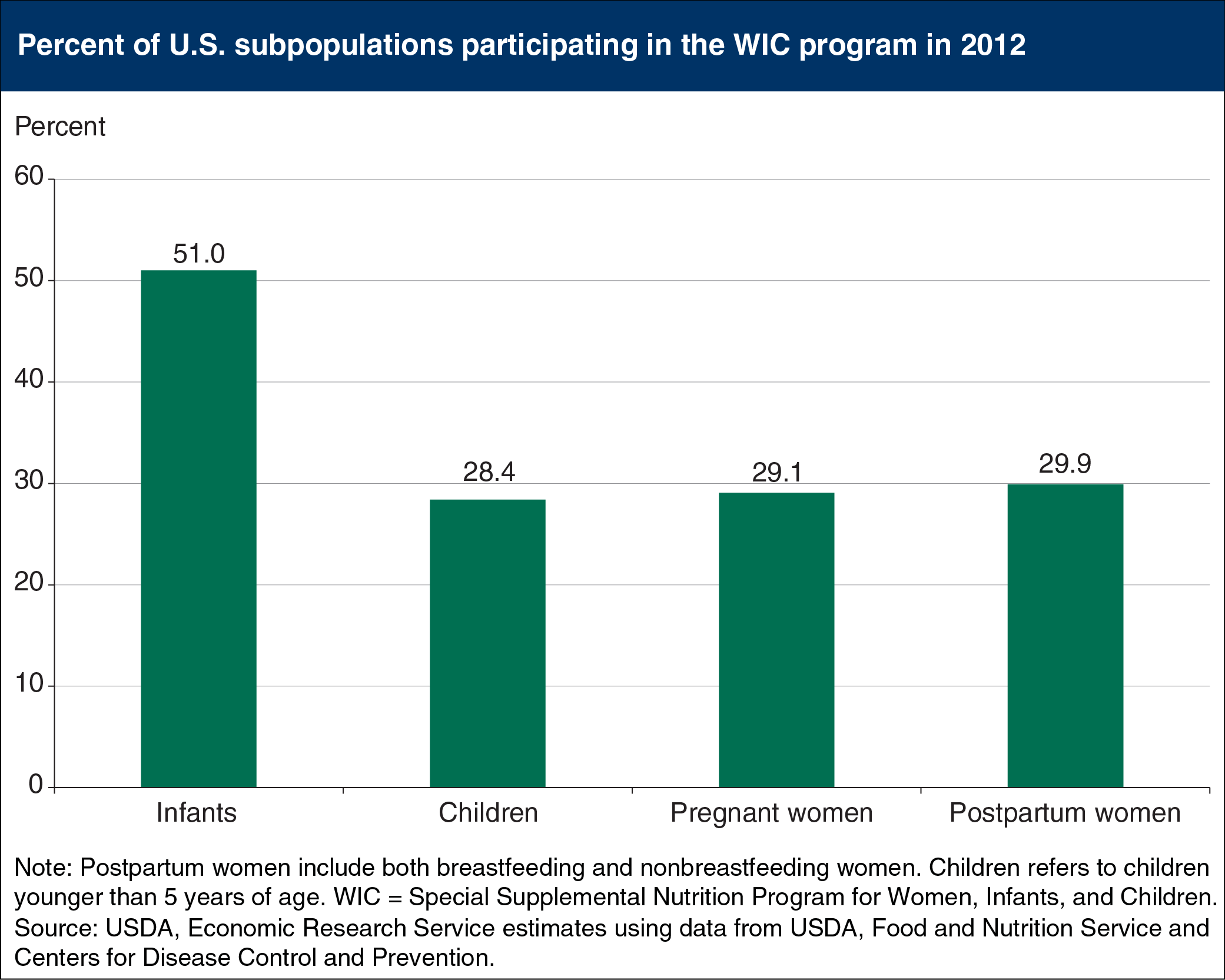Effects of the WIC program extend beyond its participants
- by Victor Oliveira
- 4/13/2015

Each month, USDA’s Special Supplemental Nutrition Program for Women, Infants, and Children (WIC) provides supplemental food, health care referrals, and nutrition education to over 8 million low-income, nutritionally at-risk women, infants, and preschool children. In 2012, just over half of all infants in the United States, and over a quarter of all pregnant and postpartum women and children younger than 5, participated in the program, representing a potentially lucrative market for manufacturers of some WIC-approved foods, such as cereals. WIC requires that all breakfast cereals provided through the program be fortified with iron and contain no more than 6 grams of sugars per dry ounce. In response to these requirements, some cereal manufacturers formulated (or reformulated) their products to meet WIC standards. Because these products can also be consumed by non-WIC individuals, WIC may impact the diet quality of all children and adults who eat WIC-approved breakfast cereals, not just participants. This chart is from “Painting a More Complete Picture of WIC: How WIC Impacts Nonparticipants” in the April 2015 issue of ERS’s Amber Waves magazine.

